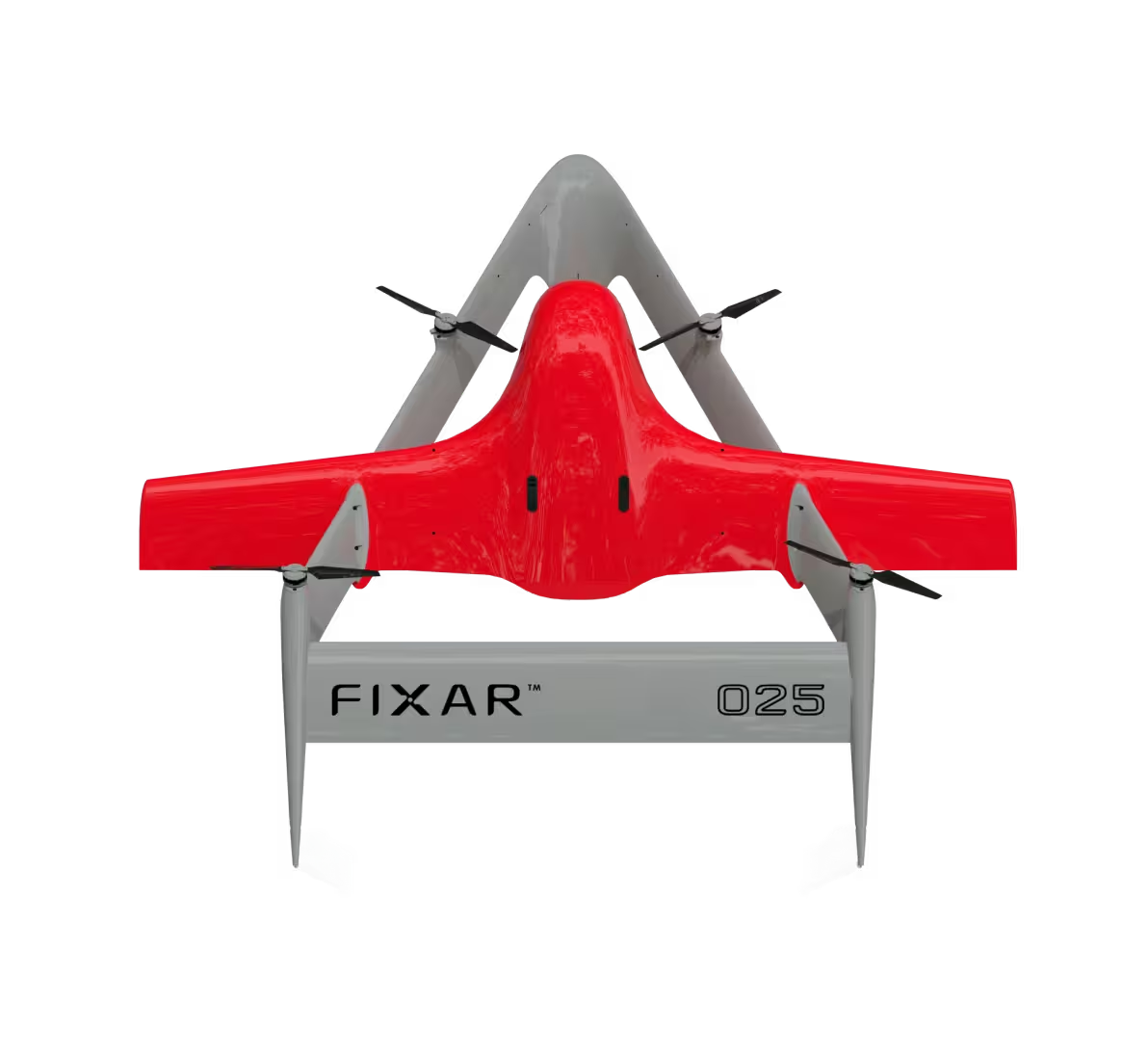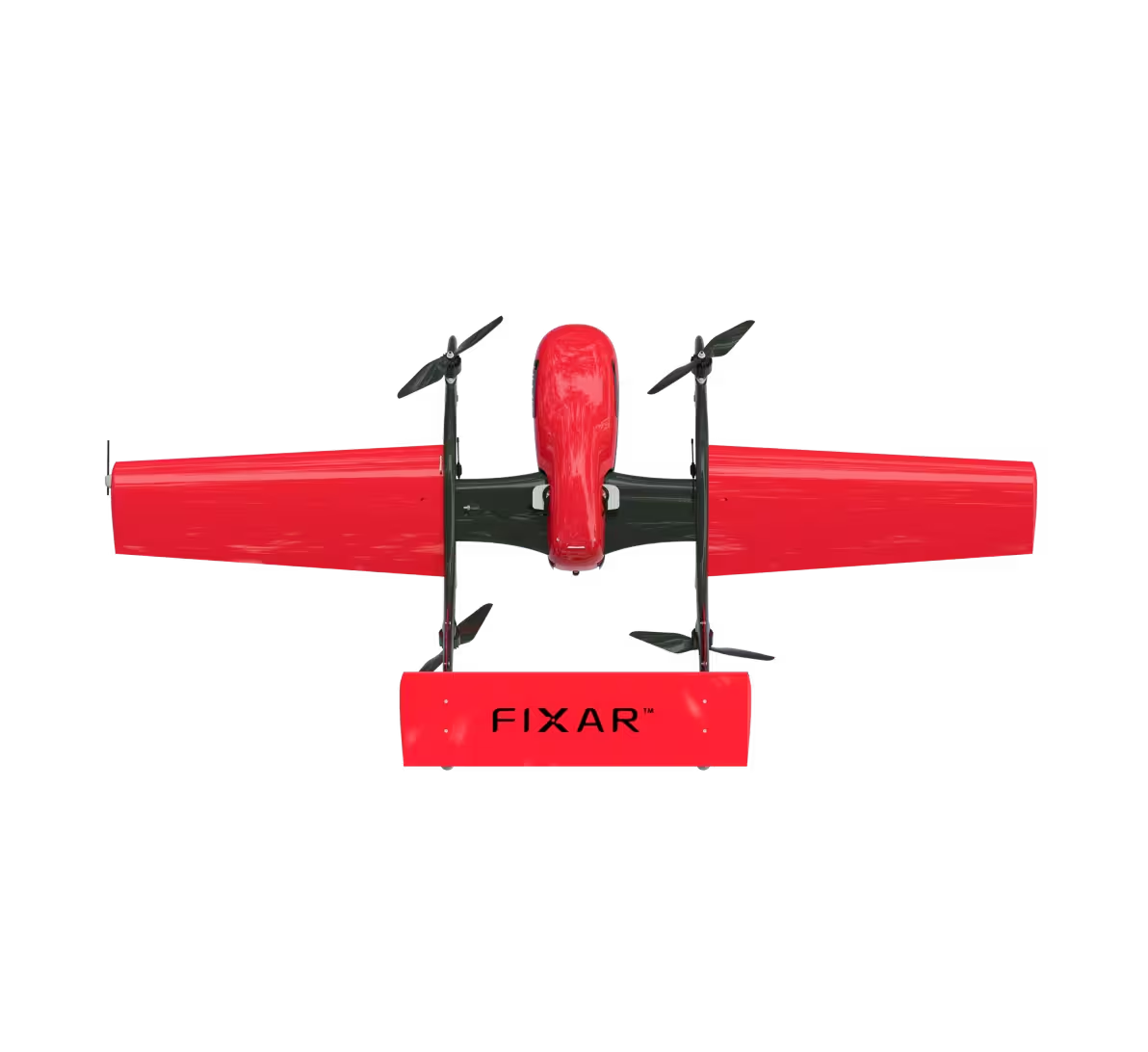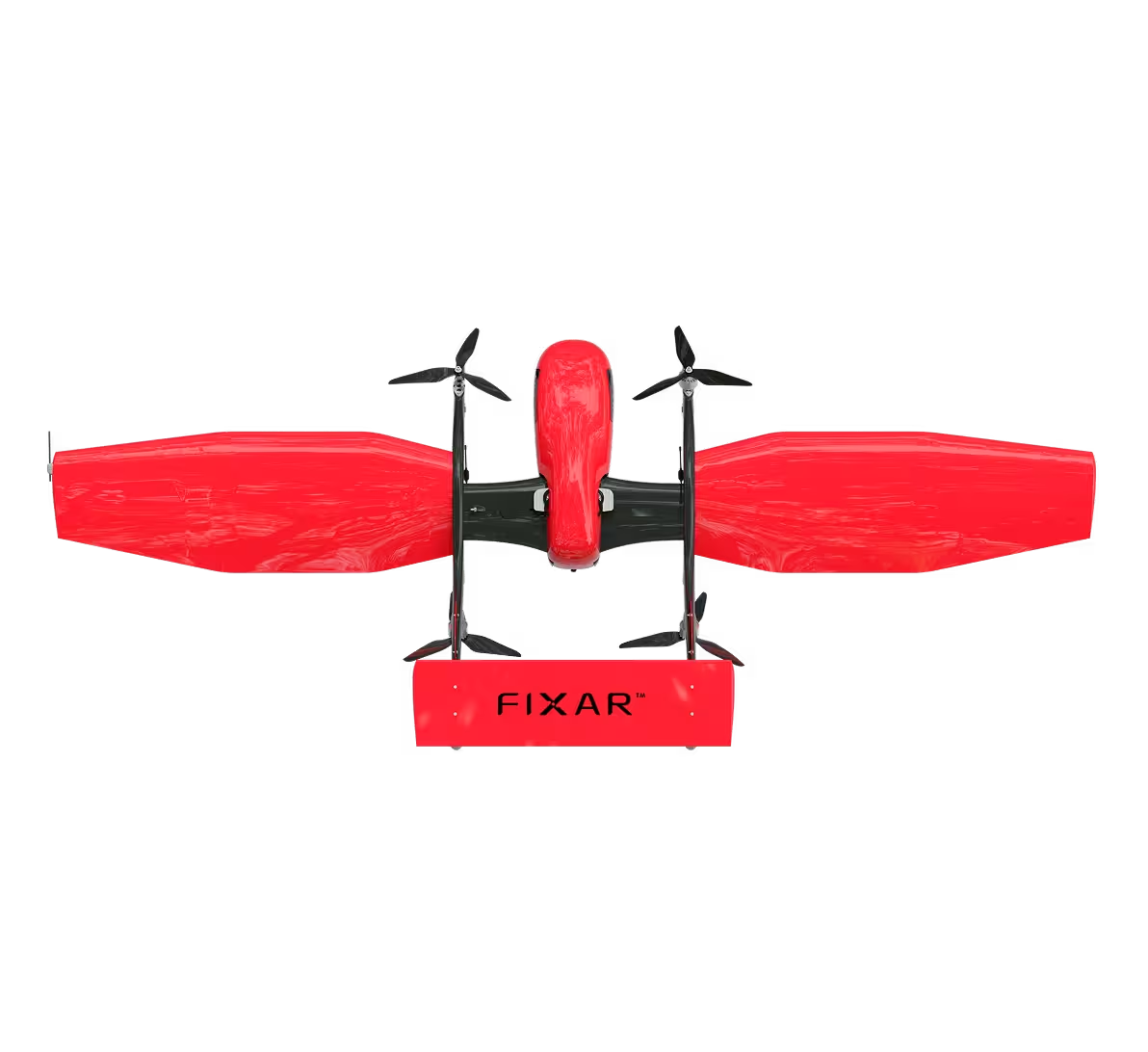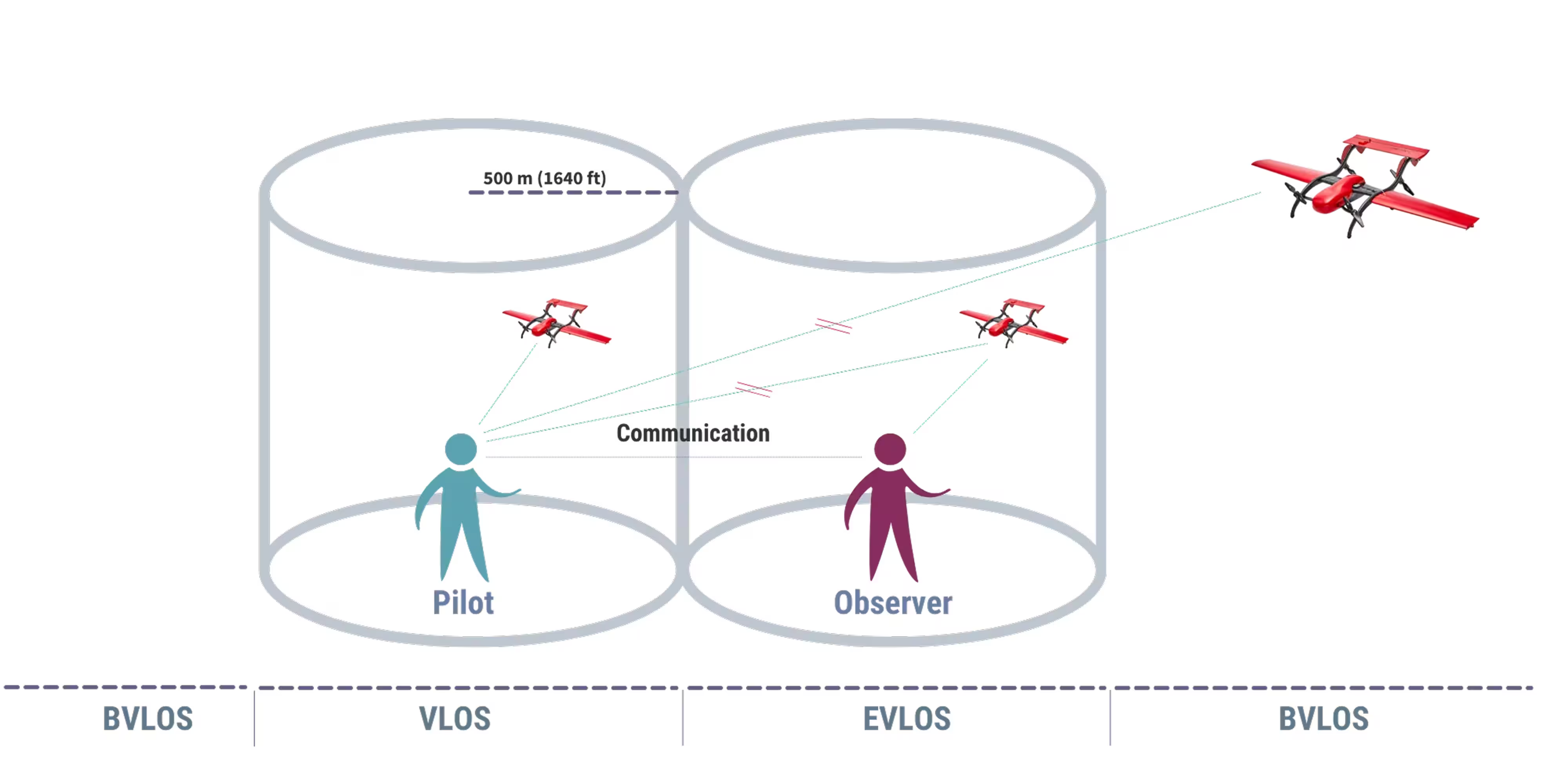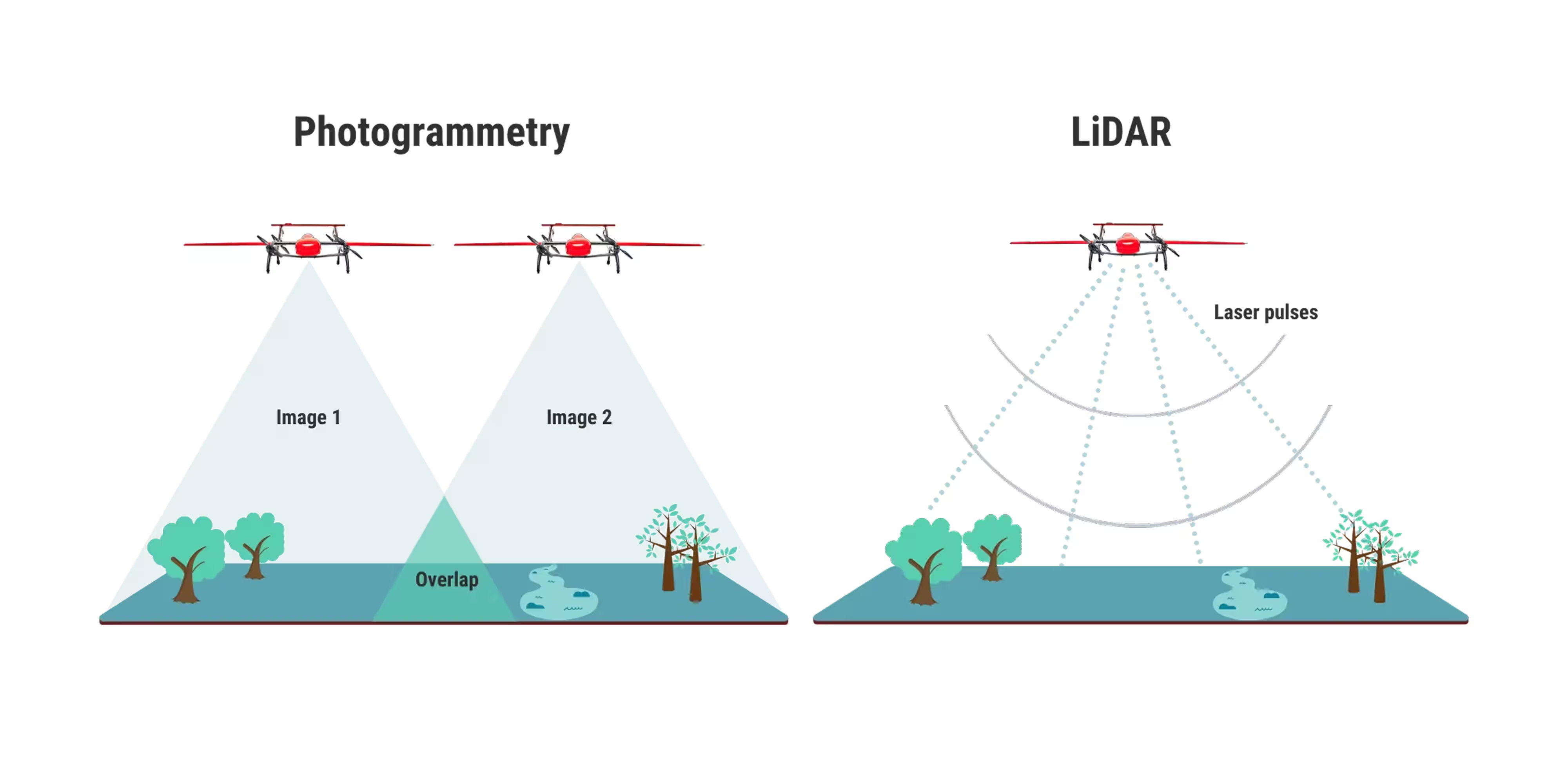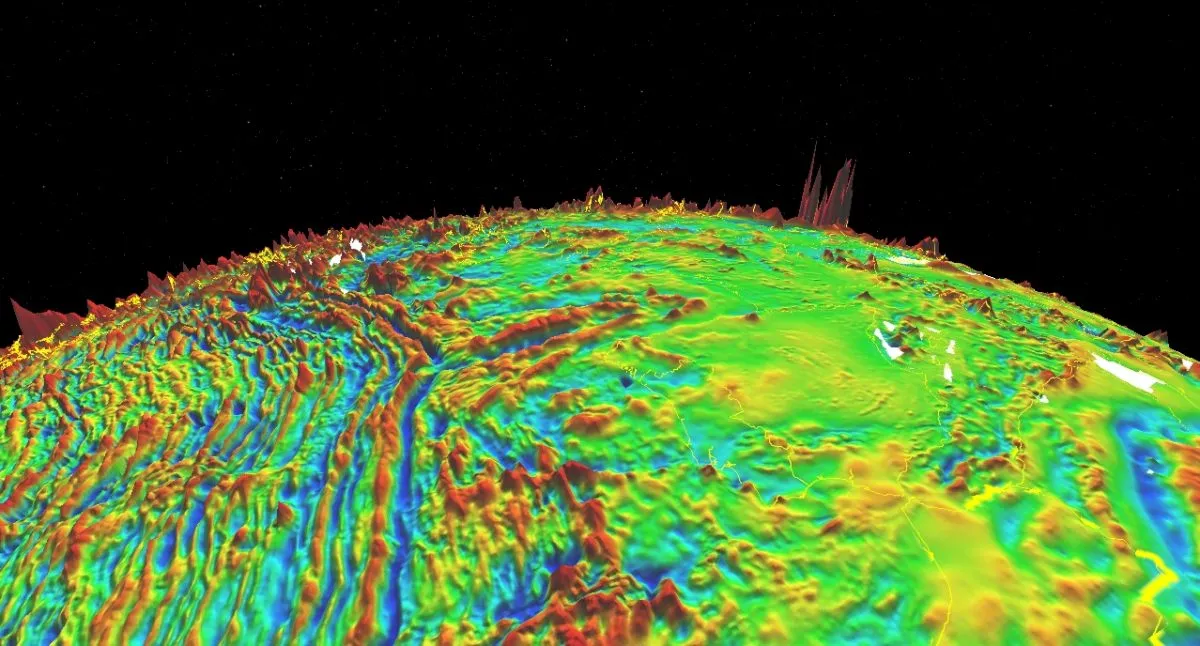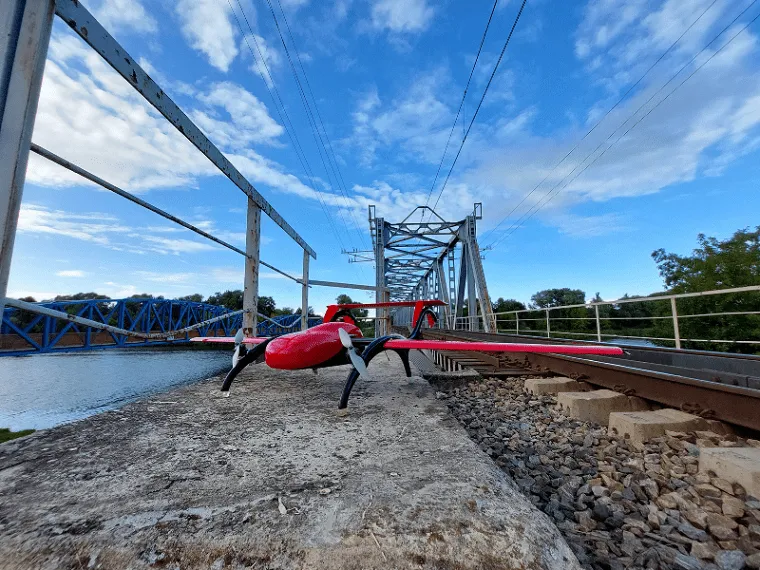Nowadays drones can have sizes as small as a human hand or as large as a car. These later ones once used for filming and photography have evolved to spying and surveillance and have now a wide range of advanced technology to support them.
Regardless of their size drones, however, at night are almost impossible to be spotted as there isn’t enough brightness in the sky and they can only be recognized by their strobe or presence lights.
Today, many types of drones with cameras (HD drones) are available in the market. These have become especially popular in recent years, allowing users to capture images and videos from a bird’s eye view. But this is why it’s crucial to understand how to identify a drone at night because if you don’t, they might be able to invade your privacy and even spy on you undetected. If you suspect someone breached your privacy or is spying on you or your family, you should take prompt action and safety measures to protect your privacy. You have every reason to be worried about being watched, so prepare yourself with information on how to recognize a drone at night, whether nearby your bedroom window or somewhere else.
Discover How to Spot a Drone at Night
One way to spot a drone at night is to look for the strobe lights on the aircraft. Most drones are equipped with strobe lights that help to identify the drone in low-light conditions. The Federal Aviation Administration (FAA) requires anti-collision lighting on drones flown between sunset and sunrise. These lights must have a strobe function at speeds ranging from 40 to 100 cycles per minute. They must also be visible from three miles away (4.8 km)¹. In Europe, EASA requires operators to ensure that each individual unmanned aircraft is installed with: (i) at least one green flashing light for the purpose of visibility of the unmanned aircraft at night, and (ii) an active and up-to-date remote identification system².
Another way to spot a drone at night is by the sound of its engines. Drones can be very quiet, but the sound of the engines can sometimes be heard even in the calmest of environments.
One other option is to use night-vision goggles to spot the drone at night. Night-vision goggles amplify the available light, making it easier to see in low-light conditions.
A very effective and different option is to spot a drone at night by monitoring its radio frequencies, as they constantly emit radio signals. The drone’s live feed is typically broadcast on a low-frequency radio frequency, and tracking it requires special equipment such as an anti-drone radio frequency detector.
You may also consider another method for detecting a drone at night by installing infrared motion detectors in the area. Although this method is not widely used, it can be highly effective. Similar is the usage of acoustic sensors that may detect drones if your environment is usually quiet at night. Although acoustic sensors are expensive, they have advantages over the systems we previously discussed.
ADSB Function for Drones
Drones are becoming increasingly popular for various uses, including aerial photography, law enforcement, and delivery services. However, this trend has a potential downside: drones can be used for malicious purposes, such as spying on people, conducting terrorist attacks and others. Many countries are developing systems that can track and identify drones to counter this threat. One such system is ADSB, which stands for Automatic Dependent Surveillance-Broadcast.
ADSB technology allows ground controllers to track aircraft’s position, including drones. The system works by broadcasting the aircraft’s location and other information, such as its altitude and velocity, using a transponder. The ground controller can then use this information to track the plane and provide necessary guidance.
ADSB has several advantages over conventional aircraft tracking methods, such as radar. First, ADSB is significantly more accurate than radar, which can only estimate an aircraft’s position. Second, ADSB can track multiple aircraft simultaneously, whereas radar can only track one aircraft at a time. Finally, ADSB is less expensive than radar, making it more accessible to countries with limited resources.
Fully Autonomous Drone
They can be used for various purposes, including surveillance, search and rescue, mapping, and forbidden surveillance (spying). Drones are equipped with night vision and can fly for long periods of time without needing to be refueled. The drone can be fitted with various types of sensors and cameras to allow it to gather information covertly. A drone can be controlled remotely, or it can be programmed to fly autonomously.
¹ FAA: Small Unmanned Aircraft Systems (UAS) Regulations (Part 107)
² EASA: Annex to Implementing Regulation (EU) 2019/947 — UAS OPERATIONS IN THE ‘OPEN’ AND ‘SPECIFIC’ CATEGORIES:
PART B — UAS OPERATIONS IN THE ‘SPECIFIC’ CATEGORY: UAS.SPEC.050 Responsibilities of the UAS operator
